No Mere Nostalgia: The Original Clash of the Titans
 On April 2nd, “Titans Will Clash!” Which is perhaps the worst tag-line I’ve seen since “The Story That Won’t Go Away” for JFK. I wonder why the tag-line on director Louis Lettier’s previous film wasn’t “This Summer, The Hulk Is Incredible!”
On April 2nd, “Titans Will Clash!” Which is perhaps the worst tag-line I’ve seen since “The Story That Won’t Go Away” for JFK. I wonder why the tag-line on director Louis Lettier’s previous film wasn’t “This Summer, The Hulk Is Incredible!”
And the Titans will also clash in 3D. But not real 3D; this is a post-production fix designed to cash-in on the success of another 3D movie. Clash ‘10 wasn’t shot with the extra dimension in mind, so don’t expect me to shell out extra cash for the polarized goggles.
I would feel a bit easier about the upcoming re-make of Clash of the Titans if it weren’t for the attitude of some online movie sites and critics who seem to take pleasure in putting down the 1981 original in their anticipation of the new film. I should feel nothing but excitement; who am I to object to Greek myth and big beasts on the silver screen? But I have this discomfort with those critics who normally object to re-makes but somehow feel that the Ray Harryhausen classic is going to get improved in a re-do because the original is only “cheesy nostalgia.”
No. It’s. Not.
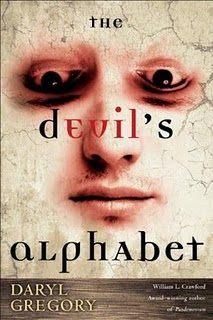 Paxton Martin has come home to Switchcreek, Tennessee, to attend the funeral of a childhood friend. He drove in from Chicago, pulling an all-nighter, because he could not decide until the last minute if he wanted to go back. He’d been living in Chicago since running away from Switchcreek, 13 years ago, after everything changed.
Paxton Martin has come home to Switchcreek, Tennessee, to attend the funeral of a childhood friend. He drove in from Chicago, pulling an all-nighter, because he could not decide until the last minute if he wanted to go back. He’d been living in Chicago since running away from Switchcreek, 13 years ago, after everything changed. I don’t have a dislike for the vampire in general. I’ve repeatedly reminded myself about this even as I cringe at the saturation in our culture of mediocre work based on supernatural bloodsuckers. (Do I really have to name the book and movie series at the center of this creative blood drain? Of course I don’t.) Vampires are everywhere today, and this visibility has reduced their effectiveness for me, no matter what “new” spin the artists claim they’re putting on the legend. Exceptions are out there—for example the action-packed novels of certain contributor to Black Gate—but today I actively avoid horror and dark fantasy and especially parodies using vampires. I want more werewolves and phantasms and cosmic weirdness. Specifically werewolves. I love werewolves.
I don’t have a dislike for the vampire in general. I’ve repeatedly reminded myself about this even as I cringe at the saturation in our culture of mediocre work based on supernatural bloodsuckers. (Do I really have to name the book and movie series at the center of this creative blood drain? Of course I don’t.) Vampires are everywhere today, and this visibility has reduced their effectiveness for me, no matter what “new” spin the artists claim they’re putting on the legend. Exceptions are out there—for example the action-packed novels of certain contributor to Black Gate—but today I actively avoid horror and dark fantasy and especially parodies using vampires. I want more werewolves and phantasms and cosmic weirdness. Specifically werewolves. I love werewolves.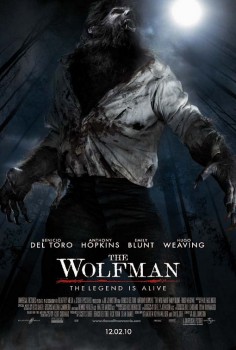 The Wolfman (2010)
The Wolfman (2010)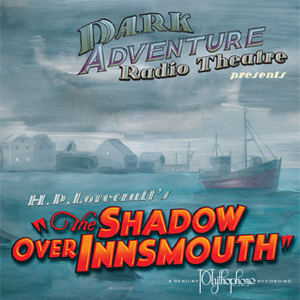 I work for a small software company in Champaign, Illinois. I live in St. Charles, about three hours away. I spend a lot of time in the car. I’ve learned to love audio books.
I work for a small software company in Champaign, Illinois. I live in St. Charles, about three hours away. I spend a lot of time in the car. I’ve learned to love audio books. The
The  One of the things I most enjoy about
One of the things I most enjoy about 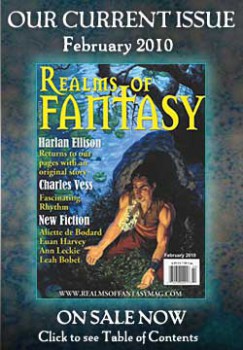 The new Realms of Fantasy coincides with the relaunch (as of December 11, 2009) of an actually informative
The new Realms of Fantasy coincides with the relaunch (as of December 11, 2009) of an actually informative 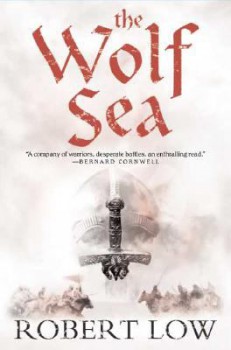 The Wolf Sea
The Wolf Sea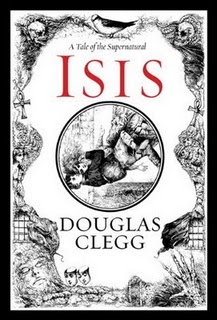 Don’t talk to a wolf in your Grandma’s nighty, don’t take an apple from a creepy old lady and when in doubt, trust the house mice.
Don’t talk to a wolf in your Grandma’s nighty, don’t take an apple from a creepy old lady and when in doubt, trust the house mice.